The gentle lapping of waves against your ankles suddenly turns into excruciating pain as you step on something buried in the sand. Within moments, you realize you've encountered one of the ocean's most misunderstood creatures—a stingray. While these graceful marine animals are generally docile and prefer to avoid human contact, accidental encounters can result in painful injuries that require immediate attention and proper treatment.
According to the National Ocean Service, stingray encounters affect thousands of beachgoers annually along American coastlines, with the majority of incidents occurring in shallow, warm waters where families typically play. Despite their fearsome reputation, stingrays are not aggressive predators but rather bottom-dwelling fish that bury themselves in sand as a natural defense mechanism.
Understanding stingray behavior, recognizing high-risk areas, and knowing proper prevention techniques can dramatically reduce your chances of an unwanted encounter while ensuring you're prepared to respond effectively if an incident occurs. This comprehensive guide explores everything you need to know about stingray safety, from identification and avoidance strategies to immediate treatment protocols and long-term prevention measures.

Understanding Stingray Behavior and Habitat
Stingrays belong to a diverse family of cartilaginous fish that inhabit coastal waters worldwide, with over 200 species ranging from tiny butterfly rays to Round Rays. The species most commonly encountered by beachgoers include the Atlantic stingray, Southern stingray, and Round stingray, each with distinct characteristics and preferred habitats.
These remarkable creatures spend most of their time partially buried in sand or mud, using their flattened bodies as perfect camouflage while they search for small fish, mollusks, and crustaceans. Their feeding behavior brings them into shallow waters where families often play, creating the potential for accidental encounters when unsuspecting swimmers step on rays hidden beneath the surface.
Marine biologist Dr. Stephen Kajiura from Florida Atlantic University explains that "stingrays are incredibly sensitive to vibrations and will typically flee when they detect approaching humans. The problem occurs when people move too quickly or quietly through the water, surprising rays that haven't had time to escape."
The anatomy of a stingray's defensive mechanism involves a sharp, serrated barb located on their tail, which contains a potent venom designed to deter predators. When threatened or stepped on, rays reflexively whip their tails upward, potentially driving the barb into whatever triggered their defensive response. Understanding this natural behavior is crucial for developing effective prevention strategies.
According to Salty.co, stingray encounters are most common during warmer months when both ray activity and beach visitation peak. Their comprehensive database of beach safety incidents shows that over 80% of stingray injuries occur in water less than knee-deep, emphasizing the importance of awareness even in seemingly safe shallow areas.

Identifying High-Risk Areas and Conditions
Stingrays prefer specific environmental conditions that beachgoers can learn to recognize and approach with extra caution. Warm, shallow waters with sandy or muddy bottoms provide ideal habitat for these creatures, particularly in areas where small fish and invertebrates are abundant. Estuaries, lagoons, and protected bays often harbor higher concentrations of stingrays than open ocean beaches.
Temperature plays a crucial role in stingray distribution, with warmer waters supporting larger populations and increased activity levels. According to research published in the Journal of Marine Biology, water temperatures above 70°F (21°C) correlate with significantly higher stingray encounter rates, making summer months particularly important for implementing safety measures.
Tidal patterns also influence stingray behavior, with incoming tides bringing these creatures closer to shore as they follow food sources into shallow areas. Early morning and late afternoon feeding periods often coincide with peak stingray activity, creating elevated risk periods for beachgoers who prefer these cooler times for water activities.
Geographic hotspots for stingray encounters include the Gulf Coast, Florida, and the Southeastern Atlantic Coast. California leads the nation in reported stingray injuries, with popular destinations like Seal Beach, Huntington Beach, and San Diego experiencing hundreds of incidents annually. California State University Long Beach maintains detailed records of marine animal encounters, providing valuable data for understanding regional risk patterns.
Beyond natural factors, human activity can influence stingray distribution. Fishing piers, boat ramps, and areas with frequent boat traffic often attract higher numbers of rays due to discarded bait and fish cleaning activities. Beach nourishment projects that alter bottom composition can also affect local stingray populations, sometimes concentrating them in specific areas.
Safe Beach Day provides real-time stingray activity reports for California beaches, using a combination of lifeguard reports, marine biology surveys, and beachgoer observations to identify current hotspots. Their interactive map allows families to check conditions before visiting specific beaches, helping them make informed decisions about water activities.
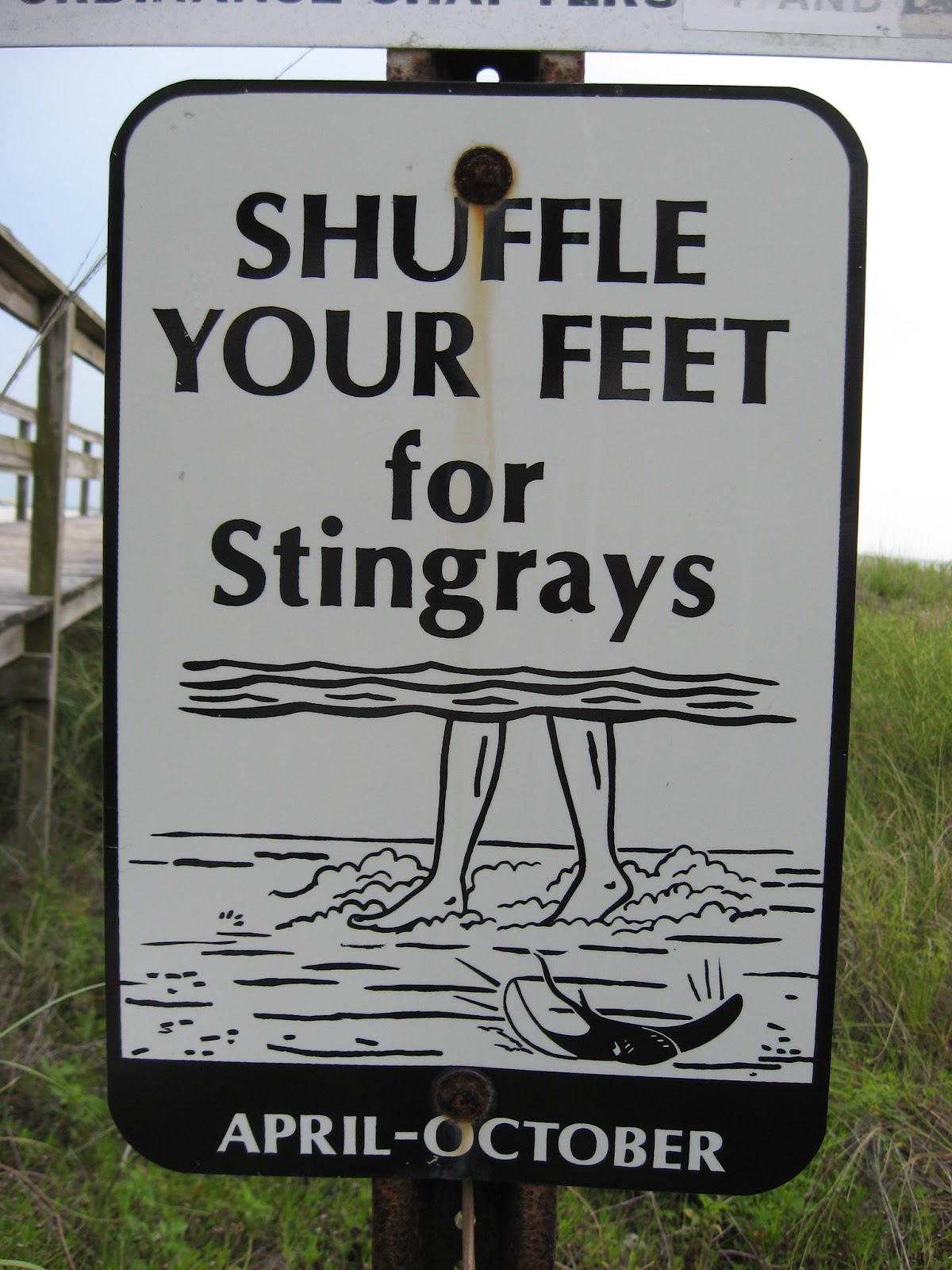
The Stingray Shuffle: Your First Line of Defense
Though not 100% foolproof, the most effective method for preventing stingray encounters is a simple technique known as the "stingray shuffle," which involves sliding your feet along the bottom rather than taking normal walking steps. This movement pattern creates vibrations that alert stingrays to your presence, giving them time to swim away before you reach their location. Proper shuffle technique involves maintaining contact with the bottom while moving forward, using a sliding motion that disturbs the sand and announces your presence to any hidden rays. The movement should be deliberate and consistent, creating a steady pattern of vibrations that travels through the water column.
The shuffle works because stingrays have highly developed sensory systems that detect even minor changes in water pressure and vibration. Their lateral line system, similar to that found in sharks, can perceive movement from considerable distances, allowing them to respond to approaching threats well before physical contact occurs.
Environmental factors can affect shuffle effectiveness, particularly in areas with strong currents or wave action that might mask the vibrations. In these conditions, extra caution is warranted, and alternative prevention methods become more important. The technique is most effective in calm, shallow waters where vibrations travel freely through the water column.
While the shuffle significantly reduces encounter risk, it's not foolproof. Sleeping or injured rays may not respond to vibrations, and some species are naturally less sensitive to disturbances. This is why the shuffle should be combined with other safety measures, including protective footwear and awareness of local conditions.
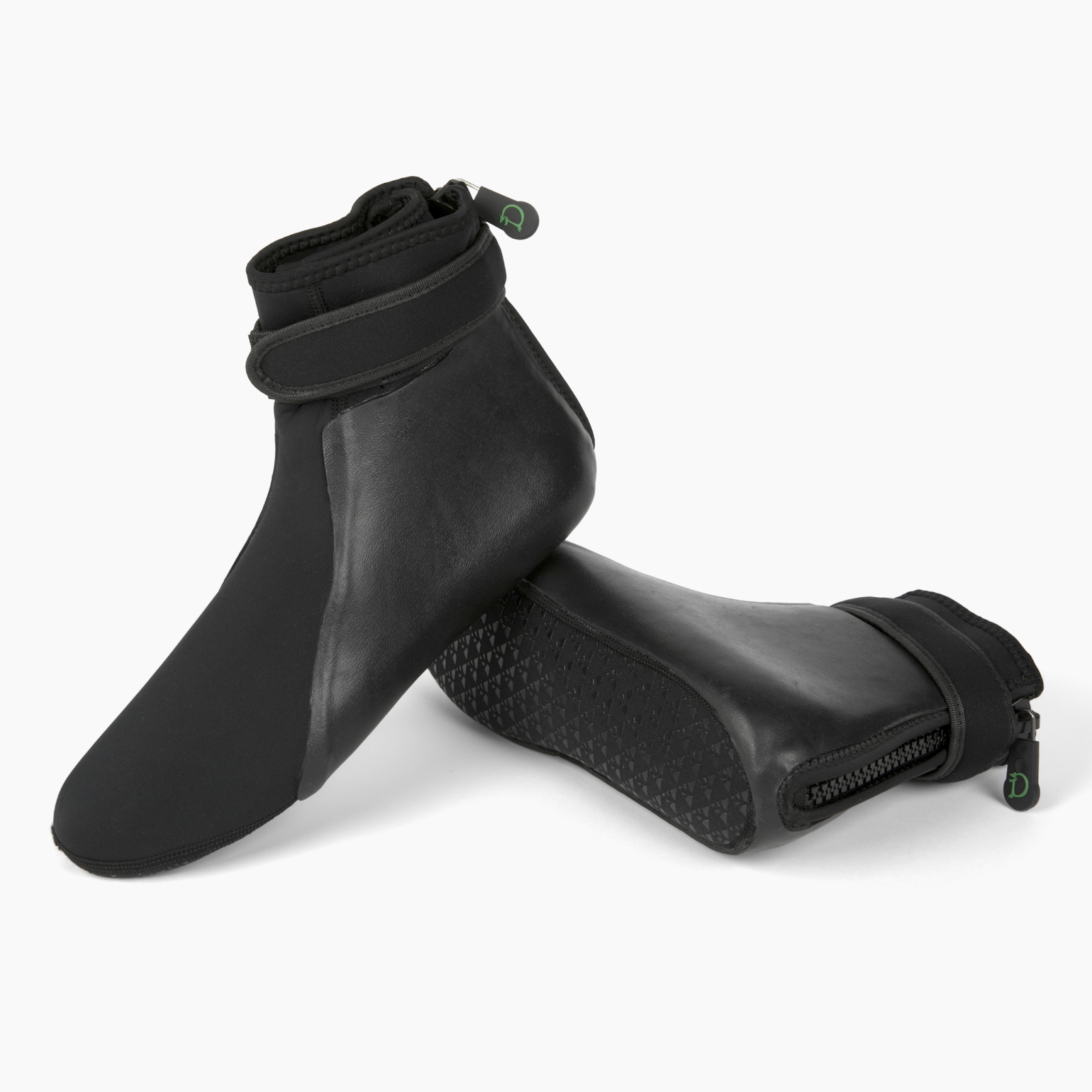
Protective Footwear and Equipment
Proper footwear represents another crucial layer of protection against stingray encounters, with various options available depending on your beach activities and comfort preferences. Water shoes, diving booties, and specialized stingray protection products can significantly reduce injury severity if an encounter occurs.
Traditional water shoes offer basic protection against sharp objects and rough surfaces but may not provide sufficient barrier against stingray barbs. The barbs are designed to penetrate flesh and can sometimes pierce thin materials, making robust protection essential for high-risk areas.
DragonSkin stingray booties represent a significant advancement in protective footwear technology, featuring a dual layer design and puncture-resistant materials specifically designed to prevent stingray barb penetration. These specialized booties combine the flexibility needed for comfortable walking with the protection required for peace of mind in stingray-prone waters.
The design philosophy behind DragonSkin booties focuses on creating maximum protection without sacrificing comfort or mobility. Their multi-layer construction includes a puncture-resistant barrier that can withstand the force of stingray barbs while maintaining the flexibility needed for natural movement. Users report that the booties feel surprisingly comfortable during extended wear, making them practical for full-day beach activities.
When selecting protective footwear, consider factors such as sole thickness, material durability, and sizing accuracy. Boots that are too loose may allow barbs to penetrate at angles, while overly tight footwear can cause discomfort during extended wear. Proper fit is essential for both protection and comfort.
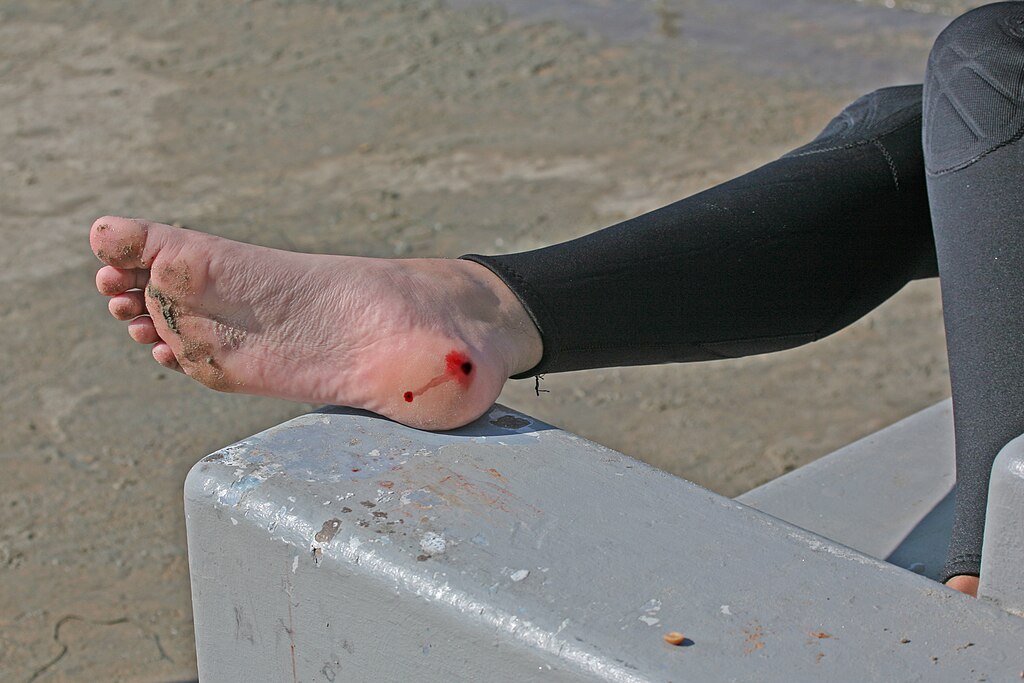
Immediate Treatment and First Aid
Despite best prevention efforts, stingray encounters can still occur, making proper first aid knowledge essential for anyone spending time in stingray habitat. The immediate response to a stingray injury can significantly affect both pain levels and long-term healing outcomes.
The first priority in any stingray encounter is ensuring scene safety and preventing additional injuries. If someone has been stung, help them exit the water safely while avoiding the same area where the encounter occurred. Other family members should be moved to a safe location while first aid is administered.
Hot water immersion represents the most effective immediate treatment for stingray venom, which is thermolabile and breaks down when exposed to temperatures above 113°F (45°C). According to emergency medicine research published in the Annals of Emergency Medicine, hot water treatment can provide dramatic pain relief within minutes of application.
The proper technique involves immersing the affected area in water as hot as can be tolerated without causing burns, typically around 110-113°F (43-45°C). Treatment should continue for 60-90 minutes or until pain subsides significantly. If a thermometer isn't available, test the water with an unaffected part of your body to ensure it's hot but not scalding.
While hot water treatment is highly effective, it's crucial to avoid common mistakes that can worsen the situation. Never use ice, which can actually increase pain and delay healing. Similarly, avoid folk remedies like urine, meat tenderizer, or alcohol, which have no proven benefit and may cause additional complications.
Wound care following hot water treatment involves gentle cleaning with fresh water and removal of any visible debris. According to the American Red Cross, stingray wounds should be cleaned thoroughly but gently, as aggressive scrubbing can drive debris deeper into the tissue.
Professional medical evaluation is recommended for all stingray encounters, particularly those involving deep wounds, retained barb fragments, or signs of infection. The Centers for Disease Control and Prevention emphasizes that marine wounds carry higher infection risks than typical cuts and may require antibiotic treatment.
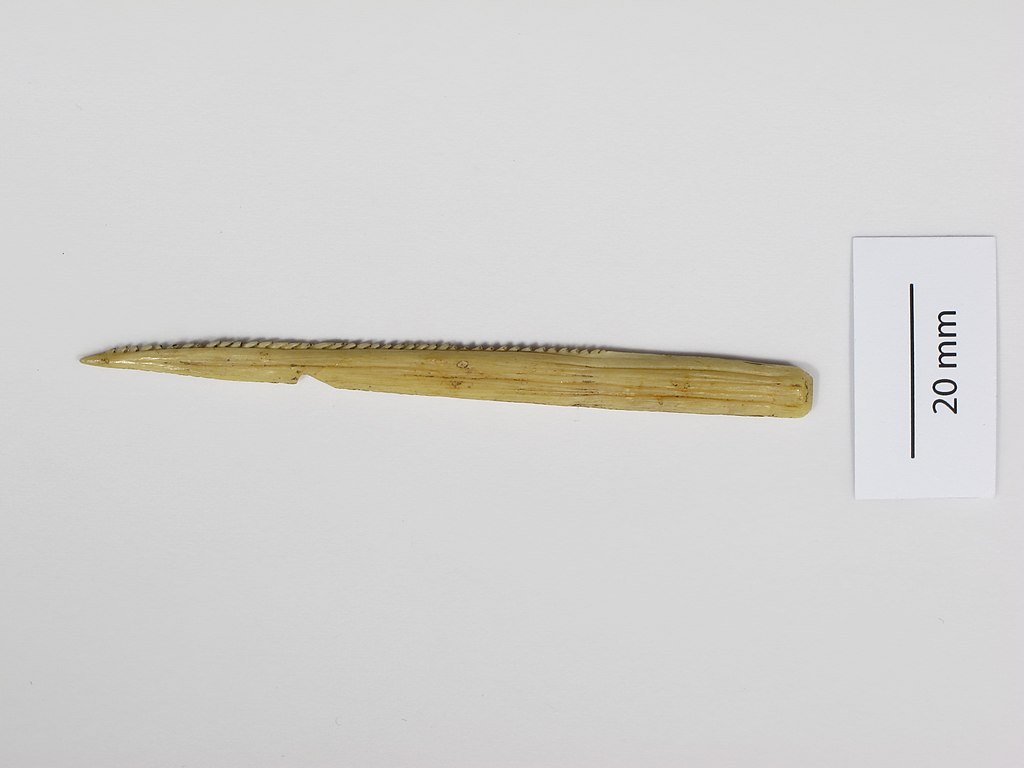
Long-Term Wound Care and Complications
Stingray wounds require careful monitoring and appropriate follow-up care to prevent complications and ensure proper healing. The combination of physical trauma from the barb and toxic effects from the venom creates unique healing challenges that differ from typical cuts or puncture wounds.
Infection prevention represents the primary concern in stingray wound management, as marine environments harbor numerous bacteria that can cause serious complications. According to infectious disease specialist Dr. Robert Schooley from UC San Diego, "marine wounds are particularly prone to infection by organisms like Vibrio species, which can cause rapid tissue destruction if not treated promptly."
Signs of infection include increasing pain, redness, swelling, warmth, and discharge from the wound site. More serious systemic signs include fever, chills, and red streaking extending from the wound. Any of these symptoms warrant immediate medical attention, as marine infections can progress rapidly and may require aggressive treatment.
Proper wound cleaning and dressing changes are essential for preventing infection and promoting healing. The wound should be cleaned twice daily with fresh water and mild soap, followed by application of antibiotic ointment and a clean, dry dressing. Keeping the wound elevated when possible can help reduce swelling and pain.
Some stingray encounters result in retained barb fragments that may not be immediately apparent. These fragments can cause ongoing pain, delayed healing, and increased infection risk as approximately 15% of stingray injuries involve retained foreign material that requires medical removal.
Long-term complications from stingray encounters are relatively rare but can include chronic pain, scarring, and rarely, allergic reactions to subsequent stings. Most wounds heal completely within 2-4 weeks with proper care, though deeper injuries may require longer healing periods.
Beach Safety Education and Awareness
Effective stingray safety requires ongoing education and awareness efforts that reach beachgoers before they encounter these creatures. Understanding the importance of prevention and proper response can significantly reduce both injury rates and severity when encounters do occur.
Beach safety programs offered by organizations like the American Lifeguard Association increasingly include stingray safety components, recognizing the growing importance of marine life awareness in comprehensive beach safety education. These programs provide valuable hands-on training that complements written information.
Lifeguards play a crucial role in stingray safety education, as they're often the first point of contact for beachgoers seeking information about local conditions. According to the United States Lifesaving Association, lifeguards report that proactive education about stingray safety significantly reduces injury rates at beaches where awareness programs are implemented.
Social media and online resources have become increasingly important tools for spreading stingray safety awareness. Platforms like Instagram and TikTok allow marine safety organizations to share educational content that reaches younger audiences through engaging, visual formats that traditional safety materials might not capture.
Regional Variations and Seasonal Considerations
Stingray safety considerations vary significantly across different coastal regions, with each area presenting unique challenges and risk factors. Understanding these regional differences helps beachgoers prepare appropriately for their specific destination and adjust their safety strategies accordingly.
The Gulf Coast presents some of the highest stingray encounter rates in the United States, with warm waters and abundant shallow areas providing ideal habitat. According to the Gulf of Mexico Fishery Management Council, the region hosts multiple stingray species with overlapping ranges, creating year-round encounter potential.
Southern California beaches face different challenges, with seasonal migrations bringing certain species closer to shore during specific times of year. The California Department of Fish and Wildlife reports that round stingray populations peak in shallow waters during summer months, correlating with increased beach visitation periods.
Atlantic Coast stingray populations show distinct seasonal patterns, with northern ranges experiencing primarily summer encounters as rays follow warming water temperatures. The National Marine Fisheries Service tracks these migration patterns, providing valuable data for predicting regional risk levels.
Seasonal considerations extend beyond simple temperature effects to include breeding behaviors, feeding patterns, and weather influences. Stingrays often concentrate in specific areas during mating seasons, creating temporary hotspots that may not be reflected in historical data.
Weather patterns can significantly influence stingray behavior and distribution. Storm events may concentrate rays in protected areas, while prolonged calm periods might allow them to spread into areas where they're less commonly encountered. Post-storm beach visits often require extra caution as normal patterns may be disrupted.
Regional treatment protocols may also vary based on local medical capabilities and common species encountered. Some areas have developed specialized treatment protocols based on their most common stingray species, while others follow more general guidelines suitable for various encounter types.
Technology and Innovation in Stingray Safety
Advances in technology are creating new opportunities for enhancing stingray safety through improved detection, prevention, and treatment methods. From smartphone apps that track encounter locations to advanced materials for protective equipment, innovation is making beaches safer for families.
Mobile applications now provide real-time stingray activity reports, allowing beachgoers to check conditions before entering the water. These apps combine official reports, user submissions, and environmental data to create comprehensive risk assessments for specific beach areas.
Underwater detection systems represent another technological advancement, with some beaches experimenting with acoustic monitoring that can identify stingray presence in popular swimming areas. While still in development, these systems show promise for providing early warning of elevated risk conditions.
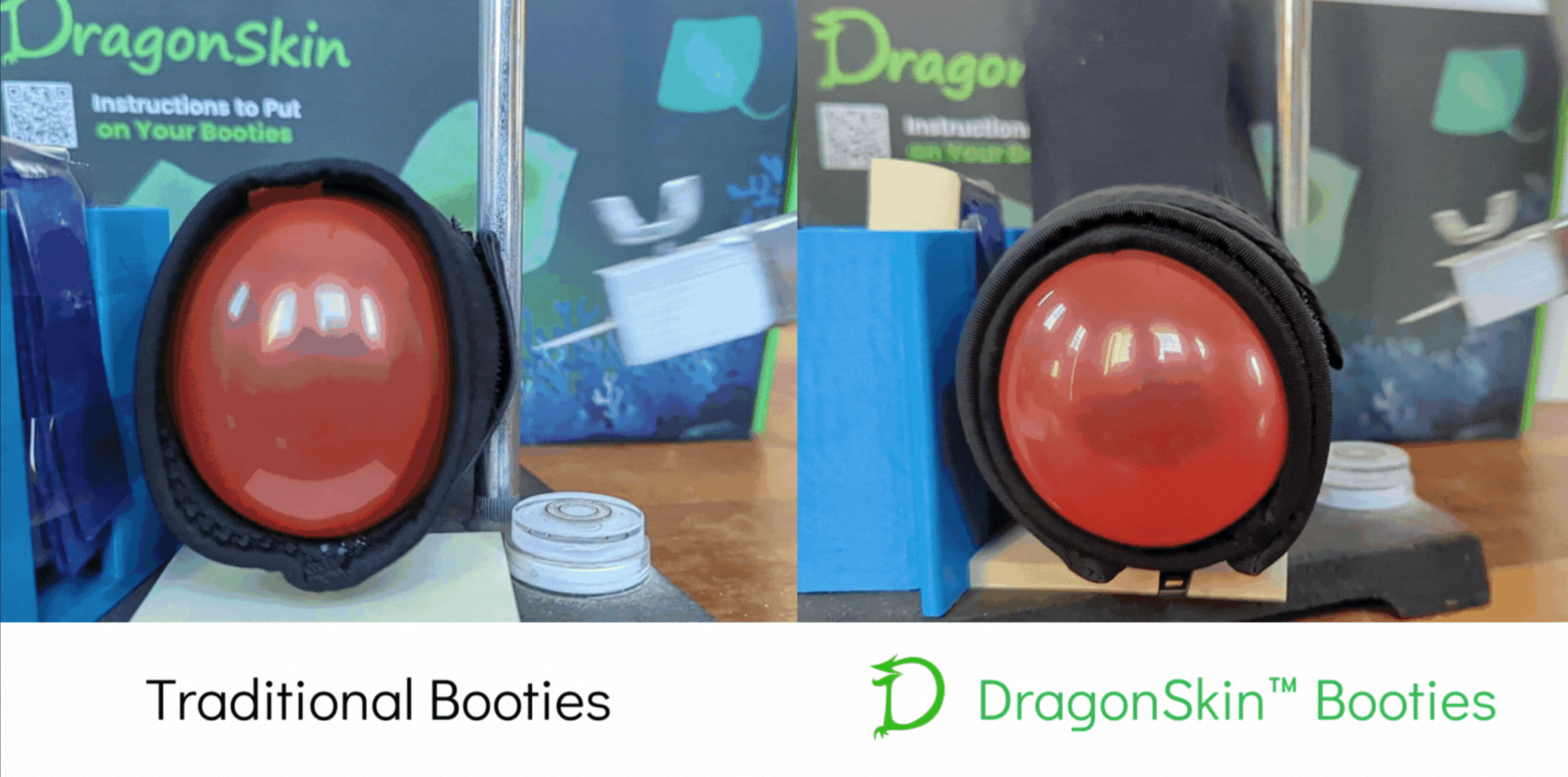
Material science advances have led to improved protective footwear options, with manufacturers optimizing material combinations through extensive testing that offer better puncture resistance while maintaining comfort and flexibility. DragonSkin booties exemplify this trend, incorporating cutting-edge materials engineered for superior protection and flexibility, chosen from hundreds tested.
Medical treatment innovations include improved hot water delivery systems for beaches, portable units that can maintain proper temperature for extended periods, and new pain management techniques that complement traditional hot water therapy.
Research into stingray behavior patterns using electronic tagging and tracking systems is providing unprecedented insights into movement patterns and habitat preferences. This data helps predict encounter risks and guides the development of more effective prevention strategies.
Creating a Culture of Marine Safety
Effective stingray safety ultimately depends on creating a culture of awareness and responsibility that extends beyond individual knowledge to encompass entire beach communities. This cultural shift requires sustained effort from multiple stakeholders, including beachgoers, local authorities, and marine safety organizations.
Community-based safety programs have shown particular success in reducing stingray encounter rates while enhancing overall beach safety. These programs typically involve local residents, frequent beach users, and tourism professionals working together to promote consistent safety messaging and behavior.
The role of tourism operators in promoting stingray safety cannot be overstated, as they often serve as the primary source of safety information for visitors unfamiliar with local conditions. Hotels, rental companies, and tour operators who prioritize marine safety education create positive ripple effects throughout the visitor experience.
Peer-to-peer education represents another powerful tool for promoting stingray safety, as beachgoers are often more receptive to safety advice from fellow beach users than from official sources. Experienced beachgoers who model proper behavior and share knowledge contribute significantly to overall safety culture.
Social media platforms provide unprecedented opportunities for spreading safety awareness, with user-generated content often reaching audiences that traditional safety campaigns might miss. Encouraging beachgoers to share their safety practices and experiences creates authentic messaging that resonates with diverse audiences.
The integration of stingray safety into broader marine conservation efforts helps create connections between personal safety and environmental stewardship. When people understand that stingrays are important parts of marine ecosystems, they're more likely to embrace coexistence strategies rather than avoidance-based approaches.
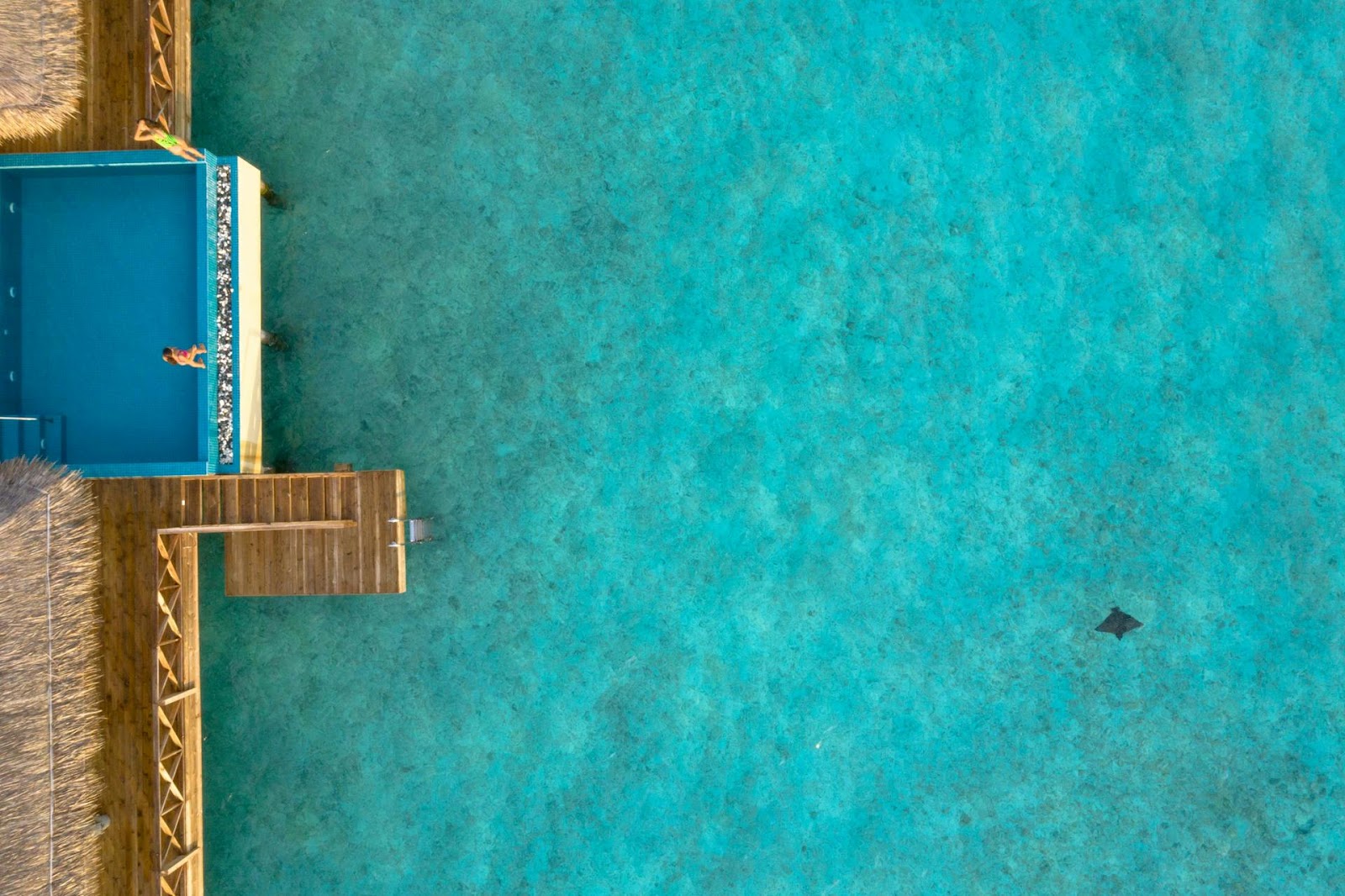
Embracing Safe Beach Enjoyment
Stingray safety represents a perfect example of how knowledge, preparation, and appropriate equipment can transform potential dangers into manageable risks. By understanding these remarkable creatures, recognizing their habitats, and implementing proven prevention strategies, families can enjoy beach activities with confidence and peace of mind.
The key to successful stingray safety lies in combining multiple protective layers, from the simple shuffle technique to advanced protective equipment like DragonSkin booties. No single method provides complete protection, but the combination of awareness, technique, and equipment creates a comprehensive safety net that dramatically reduces encounter risks.
As our understanding of stingray behavior continues to evolve through ongoing research and technological advances, safety strategies will undoubtedly become even more effective. The integration of real-time monitoring, improved protective equipment, and enhanced education programs promises to make beaches safer while preserving the natural beauty and wonder that draws us to these coastal environments.
Remember that stingrays are not malicious creatures seeking to harm humans, but rather important members of marine ecosystems that deserve our respect and understanding. By approaching beach activities with knowledge, preparation, and appropriate caution, we can coexist safely with these graceful animals while creating lasting memories of our time by the sea.
The investment in proper stingray safety education and equipment pays dividends not only in injury prevention but also in enhanced enjoyment of beach activities. When families feel confident and prepared, they're free to focus on the joy and wonder of coastal exploration rather than worrying about potential dangers lurking beneath the surface.






